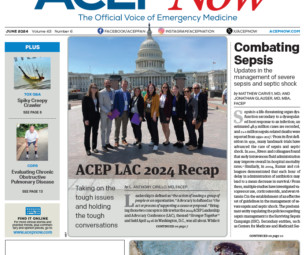The Medical Director’s Role in Sexual Assault Nurse Examiner Programs
ACEP Now
MARCH 10, 2025
At your monthly meeting with the chief medical officer (CMO) and chief nursing officer (CNO), they inform you of the hospitals plan to start a Sexual Assault Nurse Examiner (SANE) Program. Discussion SANE programs started in the early 1970s to provide medical forensic examinations to patients after sexual assault.












Let's personalize your content